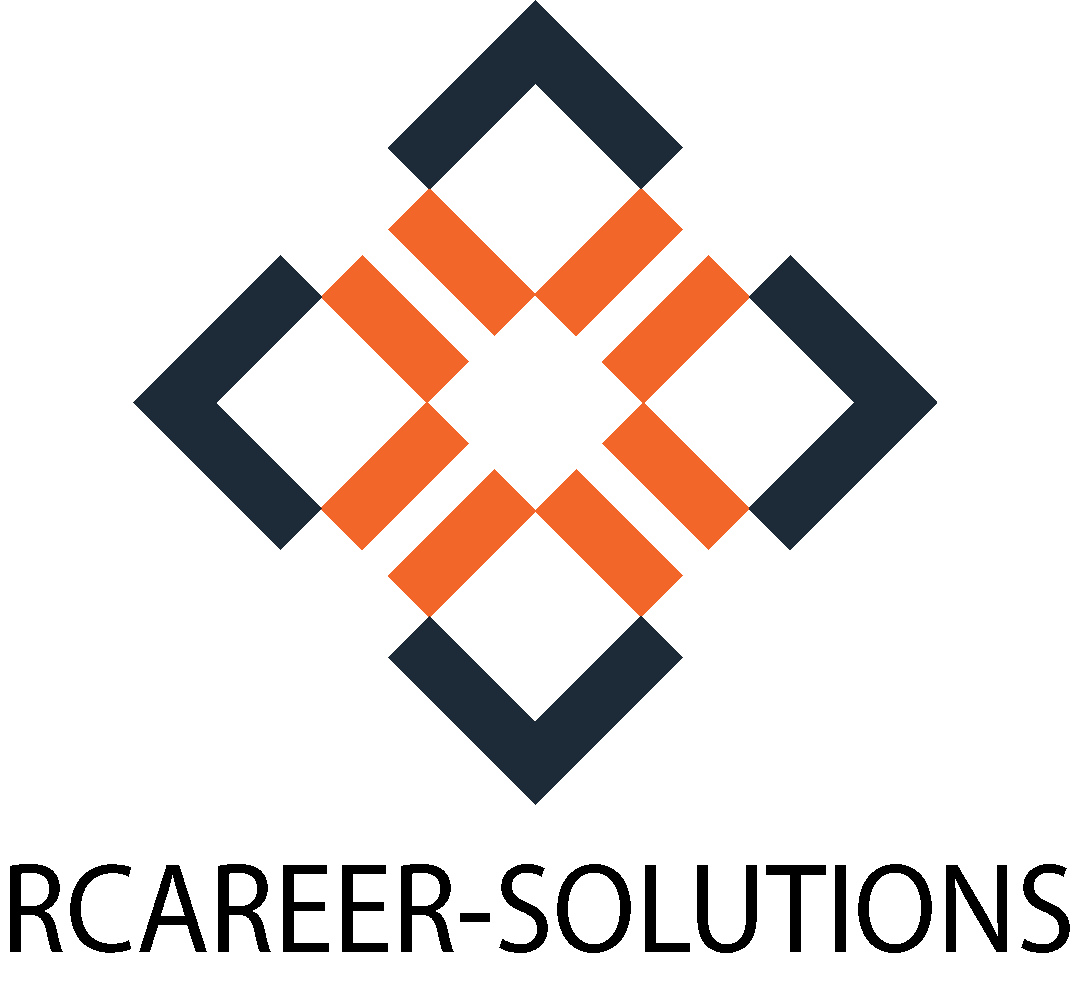Building a high-performing team is a goal that every organization aspires to achieve. A high-performing team is a group of individuals who collaborate seamlessly, leverage their unique strengths, and achieve outstanding results. However, forming such a team is no simple feat. It requires a meticulous and strategic approach to recruitment. In this blog, we will explore the best practices for mastering the art of recruitment to build high-performing teams that drive organizational success.
II. Understanding the Characteristics of High-Performing Teams
Before delving into recruitment strategies, it’s crucial to understand what constitutes a high-performing team. These teams share common traits such as clear goals, effective communication, trust, and a collaborative spirit. They go above and beyond to achieve exceptional results and drive innovation within the organization. Examples of successful high-performing teams, like Apple’s product design team or Google’s search algorithm team, demonstrate the transformative power of such groups.
III. Key Steps in Mastering the Recruitment Process
A. Identifying and Analyzing Team Needs
To build a high-performing team, it is essential to first assess the organization’s needs. Analyze the strengths and weaknesses of the existing team, identify skill gaps, and determine the roles and responsibilities required to achieve the team’s objectives.
B. Crafting Compelling Job Descriptions and Requirements
Crafting well-defined job descriptions is a critical step in attracting top talent. The job descriptions should be clear, concise, and highlight the core competencies and soft skills required for success in the role. To optimize for SEO, incorporate relevant keywords while maintaining readability.
C. Leveraging Modern Recruitment Techniques
To reach a wide pool of qualified candidates, leverage modern recruitment techniques. Utilize social media platforms to promote job postings and build an attractive employer brand. Encourage employee referrals to tap into potential candidates with the right cultural fit.
IV. The Art of Screening and Selecting Top Talent
A. Designing Effective Screening Processes
Streamline the screening process by using applicant tracking systems to manage resumes efficiently. Conduct phone or video interviews to assess candidates’ initial fit before moving to the next stage. Implement pre-employment assessments and tests to gauge candidates’ skills and suitability.
B. Conducting In-Depth Interviews
In-depth interviews are essential to understand candidates’ behaviors, problem-solving abilities, and compatibility with the team. Conduct behavioral-based and competency-based interviews to gauge how candidates handle real-life scenarios and how well their skills align with the team’s requirements.
C. Emphasizing Diversity and Inclusion in Hiring Practices
Diversity and inclusion play a crucial role in building high-performing teams. Recognize the value of diverse perspectives, and implement strategies to mitigate unconscious biases during the recruitment process. A diverse team fosters innovation and creativity.
V. Onboarding and Integration of New Team Members
A. Designing a Comprehensive Onboarding Program
A well-structured onboarding program is vital to ensure the smooth integration of new team members. Introduce them to the company’s culture, values, and goals. Provide necessary training and resources to help them become productive quickly. Assign mentors or buddies to support new hires during their initial days.
B. Fostering Collaboration and Team Bonding
Encourage team bonding and collaboration through team-building activities and retreats. Foster open communication and create an environment where team members feel comfortable sharing their ideas and concerns.
VI. Retaining High-Performing Teams for Long-Term Success
A. Recognizing and Rewarding Excellence
Implement performance-based incentives and employee recognition programs to reward outstanding achievements. Recognizing and appreciating team members’ efforts boosts motivation and loyalty.
B. Career Growth and Development Opportunities
Offer personalized development plans to help team members grow professionally. Provide training and skill enhancement initiatives to nurture their potential and keep them engaged in their roles.
C. Monitoring and Addressing Team Dynamics
Regular performance evaluations and feedback sessions help monitor team dynamics. Address any conflicts promptly and foster a positive team culture that values open communication and respect.
Takeaway
Building high-performing teams is a continuous journey that requires a strategic approach to recruitment and team development. By following the best practices outlined in this blog, organizations can attract top talent, foster collaboration, and retain high-performing individuals for long-term success. Mastering the art of recruitment will undoubtedly pave the way for creating exceptional teams that drive organizational excellence.











